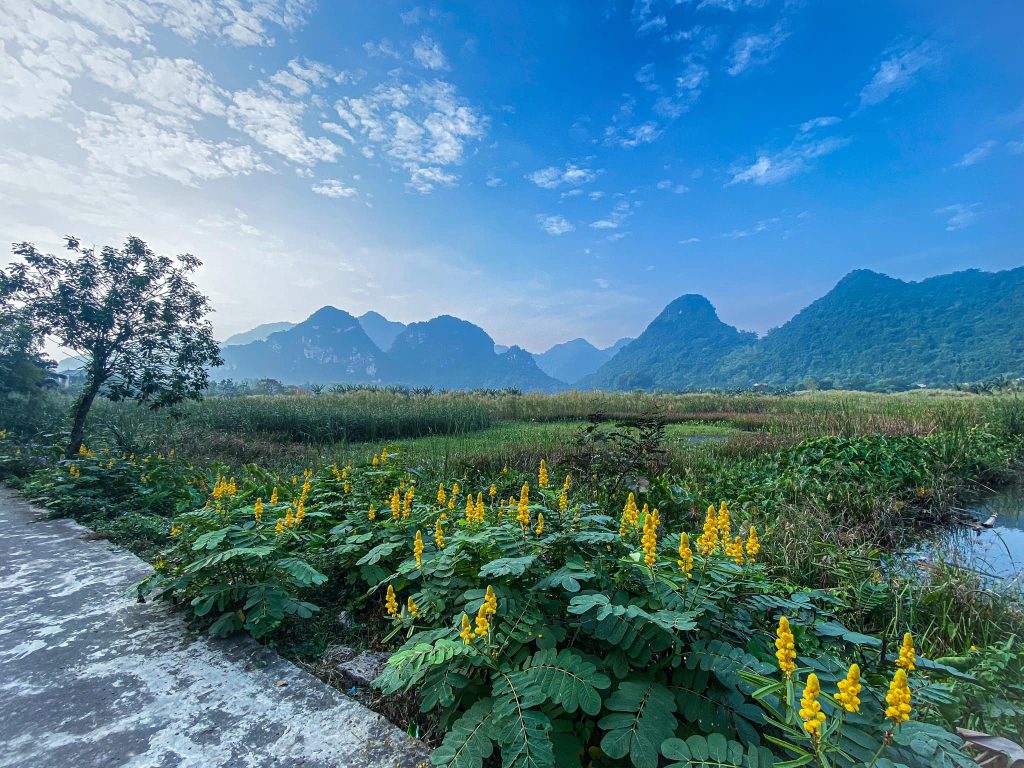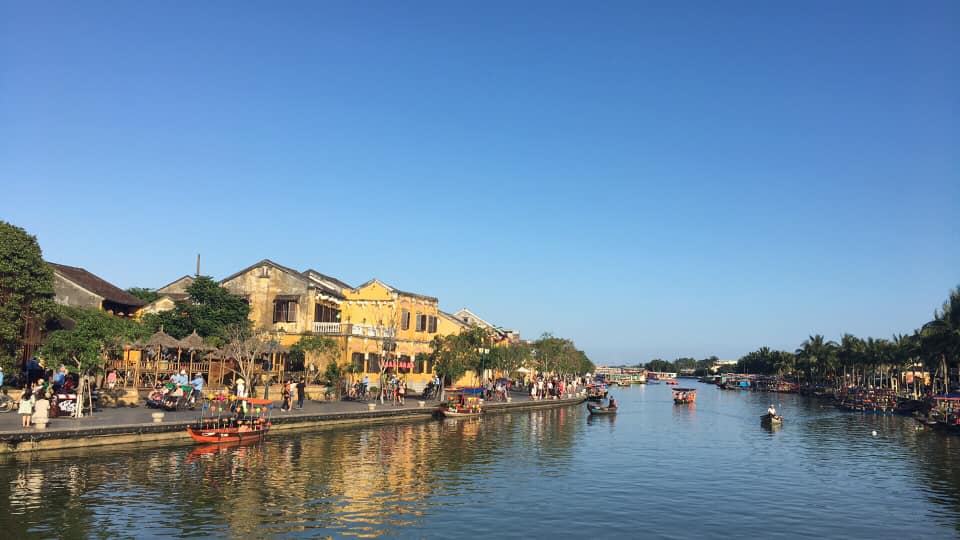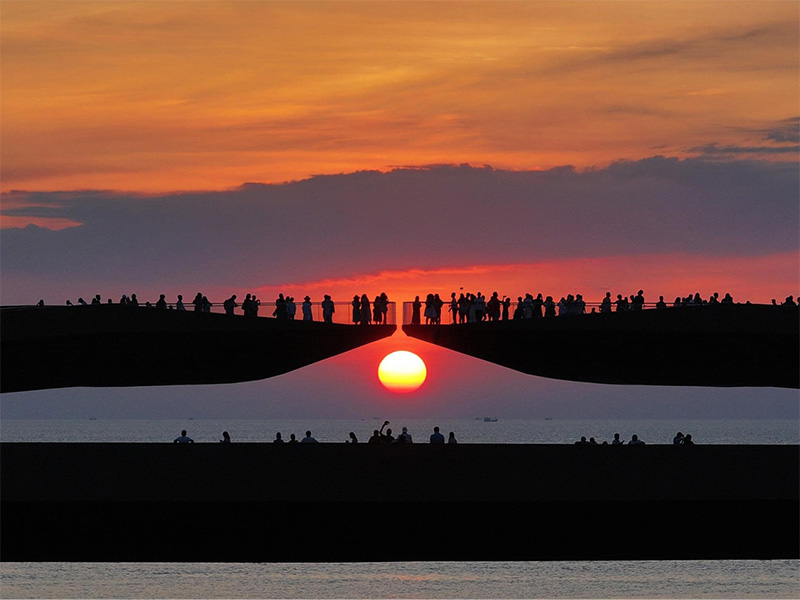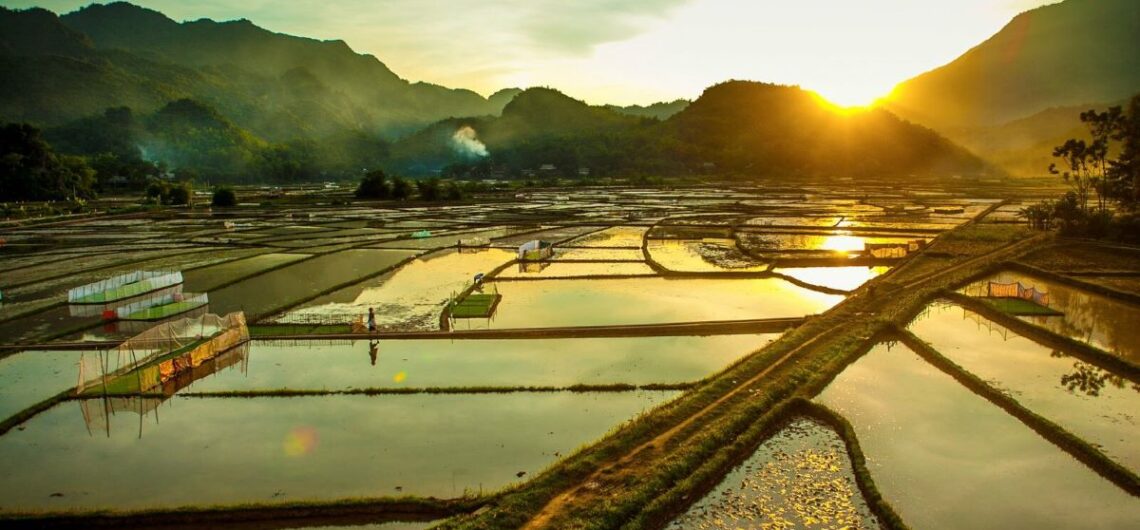Discover the best time to visit Vietnam with our weather guide. Learn when to go for beaches, culture, trekking, and Ha Long Bay cruises.
With its rich culture, breathtaking landscapes, and vibrant cities, Vietnam has become one of Asia’s most exciting travel destinations. Yet with a country that stretches over 1,600 kilometers from north to south, one of the most common questions travelers ask is: What’s the best time to visit Vietnam?
The answer isn’t one-size-fits-all. Vietnam’s diverse geography means that the weather in Hanoi may be chilly while Ho Chi Minh City basks in sunshine. Planning your trip around Vietnam’s seasons can transform your experience—whether you’re trekking the northern mountains, lounging on central beaches, or exploring the Mekong Delta.
This guide will walk you through Vietnam’s climate by region and season, highlight the best times to visit for different experiences, and share practical travel tips for every month of the year.
Vietnam’s Climate at a Glance
Vietnam has a tropical monsoon climate, but because of its length and varied topography, the country experiences very different weather patterns across three main regions:
- Northern Vietnam (Hanoi, Ha Long Bay, Sapa): Four distinct seasons—cold winters, hot summers, and pleasant spring and autumn months.
- Central Vietnam (Hue, Da Nang, Hoi An, Nha Trang): Hot and dry for much of the year, with a rainy and typhoon-prone season in late summer and autumn.
- Southern Vietnam (Ho Chi Minh City, Mekong Delta, Phu Quoc): Consistently hot and humid, divided into a dry season and a rainy season.
Northern Vietnam: Best Time to Visit

Destinations: Hanoi, Ha Long Bay, Sapa, Ninh Binh, Pu Luong, Ha Giang, Cao Bang
- Winter (November–February): Cool to cold, with temperatures ranging from 10–20°C (50–68°F). Sapa can drop close to freezing. Hanoi may be foggy or misty, particularly around January.
- Spring (March–April): Mild and pleasant with blooming flowers—ideal for city sightseeing and Ha Long Bay cruises.
- Summer (May–August): Hot and humid with heavy afternoon downpours. Great for lush landscapes but less comfortable for trekking.
- Autumn (September–October): Clear skies, cooler weather, and golden rice terraces in Sapa. Widely considered the best time to visit northern Vietnam.
Best Months: March–April and September–October.
Central Vietnam: Best Time to Visit

Destinations: Hue, Da Nang, Hoi An, Nha Trang, Quy Nhon.
- Dry Season (February–August): Hot and sunny, with temperatures around 25–35°C (77–95°F). Perfect for beach vacations in Hoi An and Nha Trang.
- Rainy Season (September–November): Frequent heavy rains, flooding in Hue, and occasional typhoons along the coast.
- Winter (December–January): Cooler but still mild compared to the north; some rain, but beaches in southern central areas like Nha Trang remain attractive.
Best Months: February–August, especially April–July for guaranteed sunshine.
Southern Vietnam: Best Time to Visit

Destinations: Ho Chi Minh City, Mekong Delta, Phu Quoc, Con Dao.
- Dry Season (November–April): Sunny, warm, and less humid. Ideal for sightseeing, cruises, and beach getaways.
- Rainy Season (May–October): Daily short but heavy showers, usually in the afternoon. Lush scenery and fewer tourists, but occasional flooding in the Mekong Delta.
Best Months: December–April for guaranteed sunshine and comfortable travel.
Best Time to Visit Vietnam by Travel Experience
- Cultural Exploration
For exploring historic cities like Hanoi, Hue, and Hoi An, the best times are spring (March–April) and autumn (September–November) when the weather is mild.
- Beach Vacations
- Central Coast (Da Nang, Hoi An, Nha Trang): March–August.
- Southern Islands (Phu Quoc, Con Dao): November–April.
- Trekking and Adventure
- Sapa & Northern Highlands: October–April for clear skies and cooler conditions.
- Phong Nha–Ke Bang National Park: February–August for dry conditions in caves and jungle treks.
- Ha Long Bay Cruises
October–April offers the most comfortable conditions, with less rain and calmer seas.
>> Create your ideal adventure using our tailor-made Vietnam tour form!
Vietnam Weather by Month

Here’s a quick breakdown of what to expect month by month:
- January: Cool in the north, sunny in the south; popular for beach escapes.
- February: Tet (Lunar New Year) brings festive celebrations—book early.
- March: Mild across the country; one of the best months to visit.
- April: Warm, dry, and great for both cultural and beach trips.
- May: Start of rainy season in the south; still pleasant in the north.
- June: Hot across the country; beaches in central Vietnam are at their best.
- July: Peak heat; ideal for Nha Trang and Da Nang, but storms possible in the north.
- August: Typhoon risk begins in central Vietnam; still hot in the south.
- September: Pleasant autumn weather in the north; rains continue in the central region.
- October: One of the best months for Hanoi, Sapa, and Ha Long Bay.
- November: Clear skies return in the north and south; central still recovering from rains.
- December: Cool, dry weather in the north; sunny in the south—perfect for beach trips.
Vietnam Festivals and Holidays
Festivals can shape your travel experience, adding cultural depth but also creating busy travel periods.
- Tet (Vietnamese Lunar New Year): January/February. A colorful celebration, but transport and accommodation fill up quickly.
- Hue Festival (biennial, usually April/May): Cultural shows, parades, and traditional performances.
- Mid-Autumn Festival (September/October): Lantern displays, mooncakes, and family gatherings.
- National Day (September 2): Parades and fireworks nationwide.
Best Months Overall
If you’re looking for the sweet spots when weather is pleasant across most of Vietnam:
- March–April: Comfortable temperatures, dry skies, and vibrant landscapes.
- October–November: Crisp autumn air in the north, beach-friendly weather in the south, and fewer crowds than spring.
Travel Tips Based on Season
- Winter: Pack layers if visiting Hanoi or Sapa.
- Summer: Bring light, breathable clothes and expect sudden rain showers.
- Monsoon Season: Keep flexible plans; flight delays and train cancellations are possible.
- Year-Round: Always pack sunscreen, insect repellent, and a reusable water bottle.
Final Answer: What’s the Best Time to Visit Vietnam?
The best time to visit Vietnam depends on where you go and what you want to experience. For most travelers, March–April and October–November are the most balanced months, offering pleasant weather across the country.
If beaches are your priority, choose April–August for central Vietnam or December–April for the southern islands. For cultural exploration, spring and autumn are ideal, while trekkers will love the crisp air of northern winters.
Ultimately, Vietnam is a year-round destination—each season offers its own charm, from the misty winter landscapes of Ha Long Bay to the vibrant green rice terraces of summer in Sapa. With a little planning, any time can be the best time for you.

